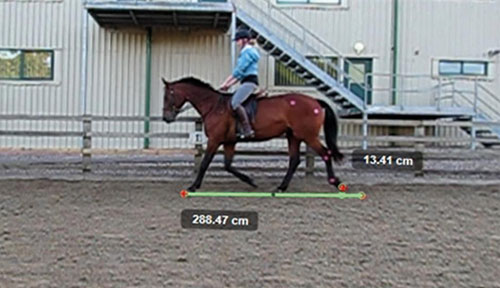The effect of chiropractic treatment for horse riders on the saddle pressure distribution beneath the saddle
The horse-saddle-rider interaction is recognised as an important factor in performance impairment.
Weight bearing asymmetries in horse riders have been identified but not investigated for effects of correcting this imbalance.
Positive evidence that chiropractic treatment improves the weight distribution symmetry of the rider under the saddle immediately following treatment.
An investigation into the relationship between rider pelvic asymmetry and equine pelvic asymmetry in relation to the use of physical therapy
Pelvic asymmetries can alter body mechanics which may affect performance.
Physical therapy to improve pelvic symmetry is increasingly provided for both horses and riders.
For horses and riders receiving regular physical therapy, the pelvic symmetry of both improves compared to horses and riders receiving no physical therapy.
This should be an encouragement to riders to not only look after their horses but themselves as well.
An investigation into the relationship between asymmetrical loading of the stirrups by the rider and hind-limb kinematics of the horse during rising trot.
Evidence of a relationship between horse hindlimb peak flight arc asymmetry and rider stirrup force asymmetry
Providing further evidence and understanding of horse-saddle-rider interaction
The effect of manual chiropractic (McTimoney) treatment on pressure measurements beneath the saddle.
Back problems in horses are recognised as an important factor in performance impairment.
Saddle fit is considered a factor in the pathogenesis of back problems.
Positive evidence that chiropractic treatment affects the horse’s back and reduces mean pressure beneath the saddle.
An investigation into relationships of horse and rider pelvic asymmetry.
Assessment of single horse and rider partnerships for misalignments and asymmetry of neck, spine, pelvis
Positive evidence of a relationship between the direction of the pelvic rotation of the horse and rider pelvic tilt.
Positive basis for further research into causal effect relationships of horse and rider asymmetries.







